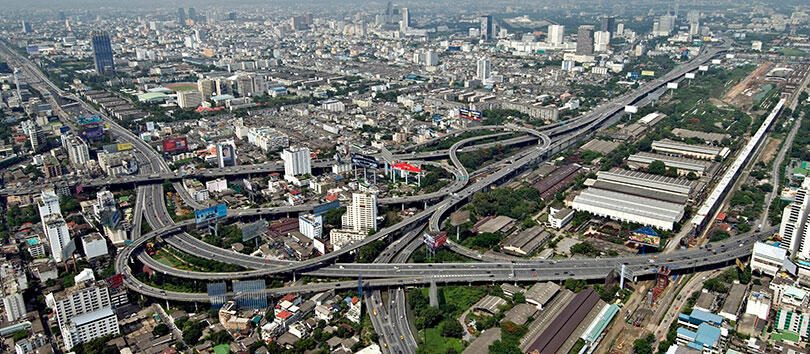In addition to CO2, other emissions are produced by the combustion of fossil or renewable energies during the industrial processes involved in energy production. Depending on their concentration in the air, nitrogen oxide (NOx), sulfur dioxide (SO2) and particulate matters (PM) can have a serious impact on the environment and human health.
Industrial emissions
The regulatory framework for air emissions is changing rapidly in many countries, leading to a significant increase in the constraints on the main pollutants (NOX, SO2 and PM). The level of requirement remains however very variable according to the regions of the world.
Focus on Europe
The 2010/75/UE Directive related to industrial emissions (IED Directive) adopted in 2012, with a revision in 2024 which is currently being transposed, and the European Commission's Best Reference (BREF) document identifying the best techniques for Large Combustion Plants adopted in 2017, are the two basic texts for industrial emissions in Europe. These impact the ENGIE facilities and the Group's industrial customers.
ENGIE is committed, according to the regulations, to implement the best available techniques on the different sites of energy production in order to reduce emissions as much as possible.
In addition to complying with regulations, ENGIE is also working to reduce these air pollutant emissions and has set targets for the year 2030.
| Planet metrics | 2030 targets | 2024 results | 2023 results | 2022 results |
| Percent reduction in NOx emissions vs 2017 (92.209 t) | -75% | -75% | -63% | -46% |
| Percent reduction in SOx emissions vs 2017 (159.623 t) | -98% | -98% | -95% | -34% |
| Percent reduction in total particulate matter emissions vs. 2017 (7.353 t) | -60% | -64% | -54% | -21% |
Actions in cities and territories

Beyond the actions implemented on energy production sites, ENGIE proposes offers to support cities and territories in the achievement of actions to improve air quality. These actions may relate to transport, flow management, or support in the implementation of the energy transition.
In Pau, ENGIE has been awarded the contract by the Urban Community to supply hydrogen from local hydroelectricity to power zero-emission city buses. This is another step for the community towards achieving the objectives of the Climate Action Plan and reducing atmospheric pollution.
Sustainable mobility
ENGIE, on the way to green and sustainable mobility
For ENGIE, promoting sustainable mobility means developing a mix of alternative fuels and their associated recharging systems for low or non-polluting transport. In short, it means allowing all types of travel while seeking to reduce their impact on the environment and improve air quality.
The ENGIE Vianeo brand, expert in the sizing and installation of electric charging stations, is dedicated to light vehicles with fast and ultra-fast charging stations, as well as to fleets of commercial and heavy vehicles.
Find out more
The green mobility plans for ENGIE's employees
ENGIE has a Net Zero Carbon objective for its working methods by 2030 and encourages green mobility.
For business trips, for example:
- Travel by train is preferred and required when it lasts less than 4 hours;
- Air travel for a round trip in the same day is prohibited;
- Economy class (less CO2 emitting) is imposed for air travel of less than 7 hours.
In 2024, the Group’s greenhouse gas emissions linked to business travel (train and plane) stood at 57 kt CO2eq.
Travel patterns for business trips have changed. We have noticed that some employees do not wish to take the plane for trips in France and neighbouring Europe.
ENGIE is also committed to:
- Encourage 6% of employees to give up their car to go to work,
- Reduce the carbon footprint of the company car fleet by 5% by encouraging eco-driving.
Actions beyond traditional techniques
Plant and fungal biomonitoring

Beyond traditional monitoring of emissions from the stack, plant and fungal biomonitoring makes it possible to observe and map the impact of industrial sites in their area of influence, and thus to identify possible risk areas requiring improvements at the site level. This method has already been applied in several Group entities including Storengy.
